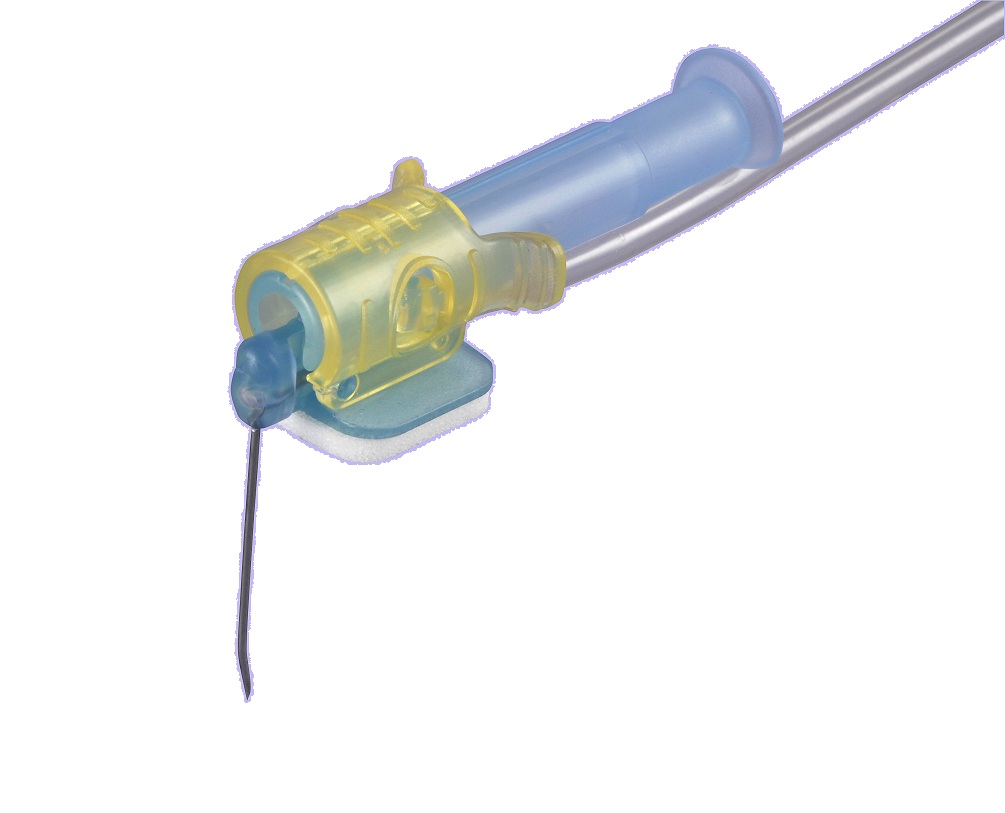
is joining VYGON

PEROUSE MEDICAL becomes the Cardio-Vascular and Adult Long term Vascular Access specialist within VYGON’s group
Jordane Lapalu1, Marie-Reine Losser2, Odile Albert3, Hélène Levert1, Stéphane Villiers2, Pierre Faure1, Marie-Cécile Douard2
1Pharmacy, Saint Louis Hospital, Paris Public Hospitals Health Service, Denis-Diderot University, Paris
2Department of Anaesthesia & Intensive Care, Saint Louis Hospital, Paris Public Hospitals Health Service, Denis-Diderot University, Paris
3Catheter Maintenance department, Saint Louis Hospital, Paris Public Hospitals Health Service, Denis-Diderot University, Paris
 Implantable ports (IP) are widely used medical devices, obstruction of which is a worrying complication and is often due to a blood clot as a result of blood being aspirated into the distal end of the catheter (KT) when the Huber needle is withdrawn. Since 2000 ANAES has recommended that positive pressure (PP) be applied simultaneously when the needle is withdrawn to avoid this blood reflux problem.
Implantable ports (IP) are widely used medical devices, obstruction of which is a worrying complication and is often due to a blood clot as a result of blood being aspirated into the distal end of the catheter (KT) when the Huber needle is withdrawn. Since 2000 ANAES has recommended that positive pressure (PP) be applied simultaneously when the needle is withdrawn to avoid this blood reflux problem.
Aim of the study: 1)to assess the capacity of PP to compensate for reflux blood flow at the distal end of the KT when the needle is withdrawn; 2) to analyse the different factors which promote reflux when the needle is withdrawn without PP.
Method: A total of 870 needle removals was made from 29 IP (with different septum sizes). Withdrawals without PP (n = 435) were performed using non-safe Huber needles (Polyperf®), 19g, 20g and 22g; and the withdrawals with PP (n = 435) were made using safe Huber needles (Polyperf®Safe) 19g, 20g and 22g. The aim of PP is to continue to inject 0.9% NaCl whilst the needle is being withdrawn from the IP. At each withdrawal the reflux volume produced was calculated by measuring the displacement of liquid at the distal end of the KT.
Results: Liquid reflux was seen at the distal end of the KT in 99% of the needle withdrawals without PP. The incidence of distal reflux was reduced by 80% with PP (p < 0.001). Other parameters significantly influenced reflux without PP: needle diameter (p < 0.001) and septum diameter (p <0.001). Reflux increased with increasing needle diameter regardless of IP case size. The same applied to IP septum diameter: reflux increased with increasing diameter.
Discussion and Conclusion: These results confirm the utility of PP when the Huber needle is withdrawn in order to prevent blood reflux at the distal end of the KT, and therefore reduces the risk of blockage. In addition, since we have withdrawn our needles with positive pressure using the Polyperf®Safe at Saint Louis, we have seen a 50% fall in the use of fibrinolytics to release obstructions in catheters, which confirms the impact of PP on the maintenance of IP (J Vasc Access 2010; 11:46 – 51).